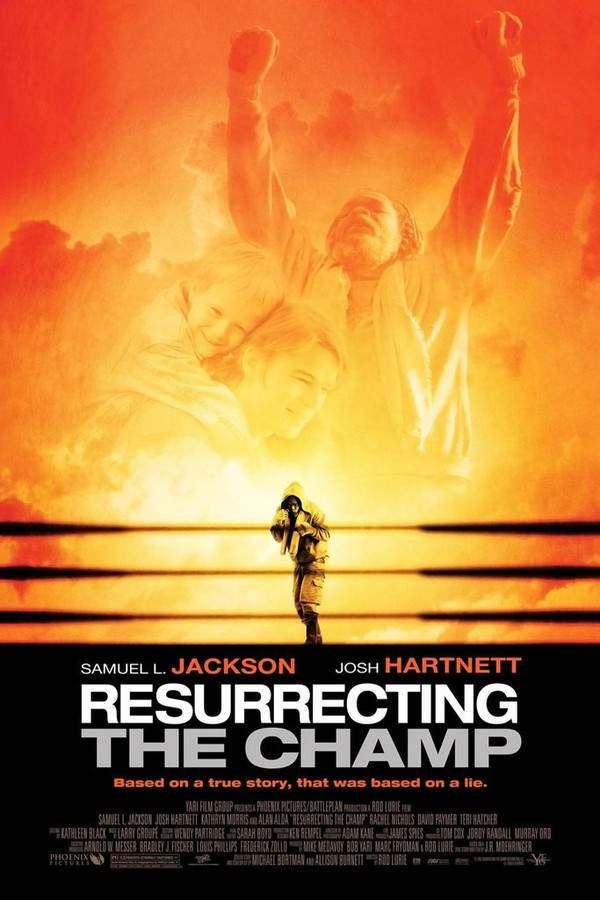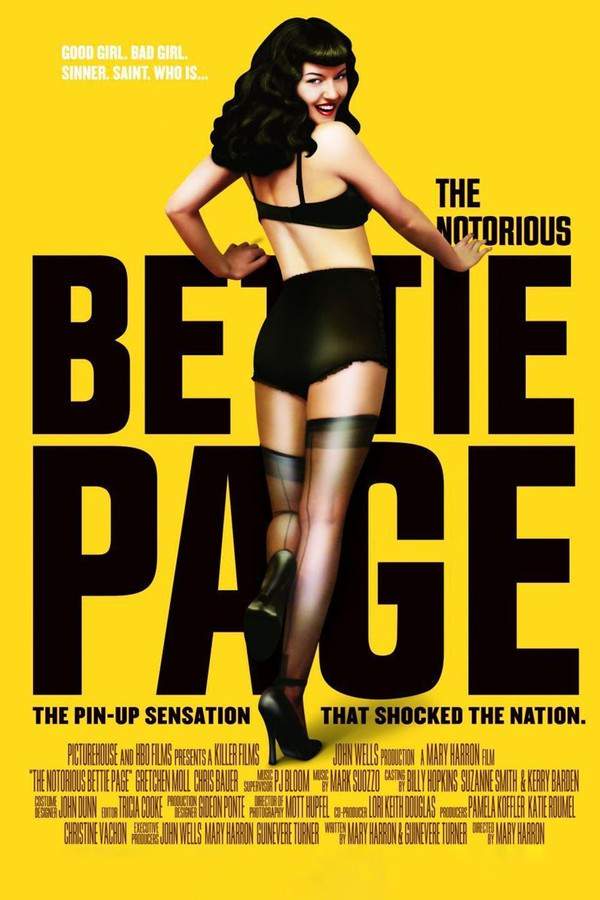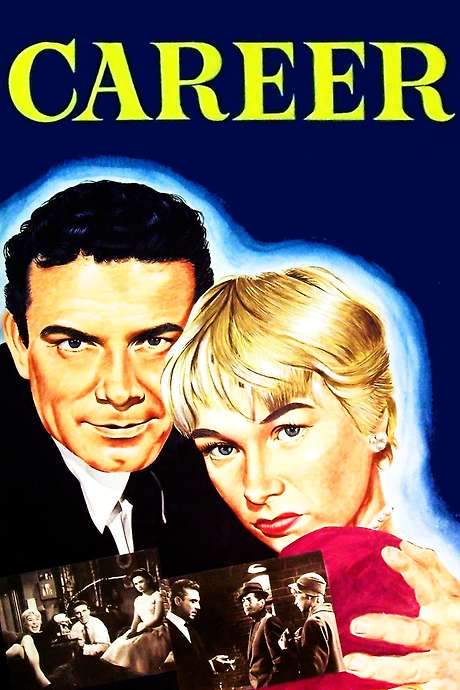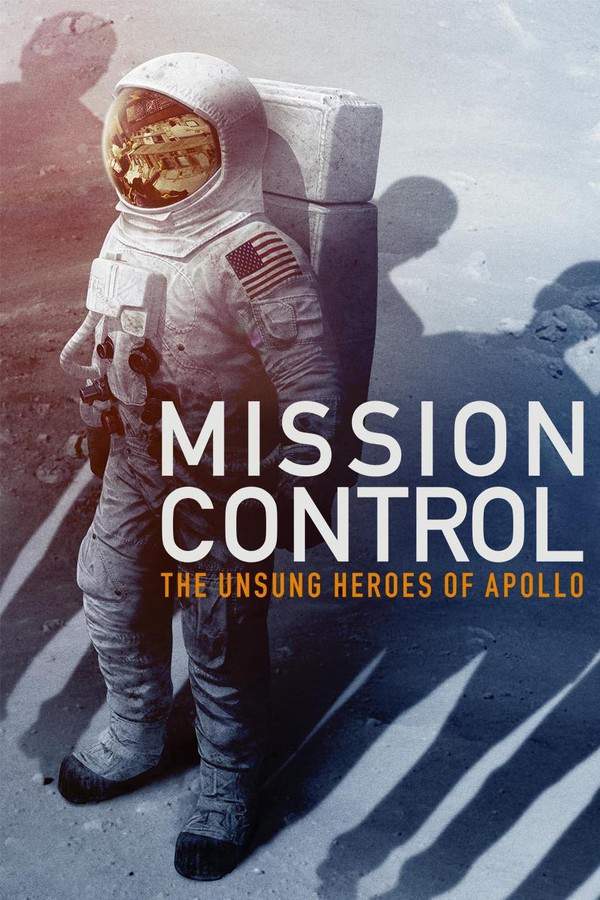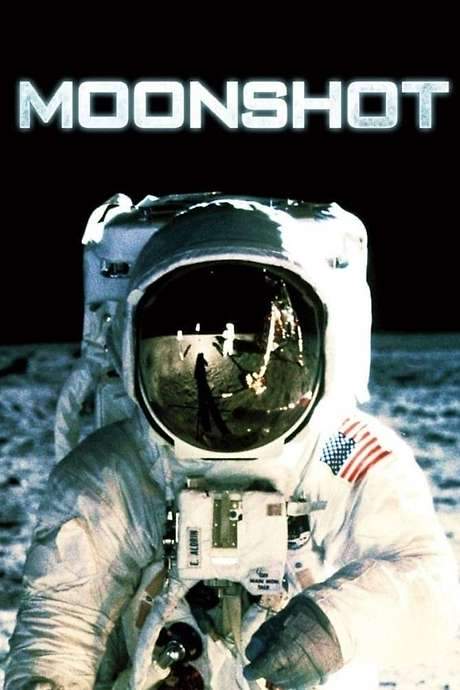
I Aim at the Stars
Year: 1960
Runtime: 106 mins
Language: English
Director: J. Lee Thompson
From Earth to the stars, the documentary chronicles the life of Wernher von Braun, the brilliant yet controversial rocket engineer who propelled humanity into the Space Age. It follows his early work on V‑2 rockets that devastated London during World War II and his later leadership in the US program that created and launched space satellites.
Warning: spoilers below!
Haven’t seen I Aim at the Stars yet? This summary contains major spoilers. Bookmark the page, watch the movie, and come back for the full breakdown. If you're ready, scroll on and relive the story!
I Aim at the Stars (1960) – Full Plot Summary & Ending Explained
Read the complete plot breakdown of I Aim at the Stars (1960), including all key story events, major twists, and the ending explained in detail. Discover what really happened—and what it all means.
I Aim at the Stars follows Wernher von Braun, Curd Jürgens as he grows from a curious boy who accidentally wrecks a neighbor’s greenhouse with a wayward rocket, prefiguring the double-edged power of his later work. The film traces his early days in the 1930s, when he becomes a driven engineer at the Space Rocket Society, captivated by the dream of space travel and testing a rocket engine in a controlled static setup. In the background, Captain Walter Dornberger talks with rocket pioneer Hermann Oberth about von Braun and suggests to rocketeer Anton Reger, Herbert Lom, that the army could provide the equipment and facilities needed for ambitious experiments and development. The story frames his moral tides as the shadow of war grows longer.
As the war closes in, von Braun faces a stark moral crossroads. He participates—out of a relentless ambition to push the boundaries of science—in the Nazi V-2 program, aiming to advance rocketry even as he wrestles with the knowledge that his creations will be used as weapons. The film carefully presents his internal conflict: a scientist who loves discovery yet cannot ignore the destructive purpose his work serves. When Germany is defeated, von Braun and his team surrender to American forces and enter Operation Paperclip, beginning a new chapter on the other side of the Atlantic.
The narrative then follows his transition to the United States, where his expertise is put to work at White Sands Proving Ground in New Mexico and later at the Redstone Arsenal in Huntsville, Alabama. There, the mission is to develop missiles for the U.S. Army, a shift that deepens the film’s meditation on loyalty, ambition, and responsibility. The central arc crescendos with the launch of Explorer 1, the first American orbital satellite, in January 1958, a milestone that arrives four months after the Soviet Union’s Sputnik achievement and marks a triumph in American space science grounded in von Braun’s controversial legacy.
Throughout, the film wrestles with the ethical complexities of scientific progress. It captures a paradox: a man who aimed for the stars and dreamed of peaceful exploration, yet whose innovations contributed to immense earthly destruction. The portrait is as much about personal ambition as it is about the costs of choosing scientific greatness over moral clarity. The film does not shy away from its omissions either; it remains silent about the brutal use of concentration camp slave labor and the harsh conditions that killed thousands of workers during the war, a stark reality that the narrative acknowledges but does not dramatize.
With its sweeping arc—from a reckless youth to a pivotal figure in the American space era—the film invites viewers to reflect on ambition, consequence, and the fragile line between genius and harm. The closing image lingers on the enduring tension between humanity’s reach for the heavens and the price paid on Earth.
Last Updated: October 09, 2025 at 12:39
Explore Movie Threads
Discover curated groups of movies connected by mood, themes, and story style. Browse collections built around emotion, atmosphere, and narrative focus to easily find films that match what you feel like watching right now.
Ethically Haunted Biographies like I Aim at the Stars
Biographical stories where brilliant achievements are shadowed by dark pasts.Explore movies like I Aim at the Stars, featuring stories of brilliant but morally conflicted historical figures. If you enjoyed the complex portrayal of scientific ambition shadowed by wartime complicity, you'll find similar thoughtful biographical dramas here.
Narrative Summary
These narratives typically unfold as chronological life stories, presenting a subject's major accomplishments while simultaneously confronting the audience with the troubling compromises, alliances, or actions that made those accomplishments possible. The central journey pits genius against conscience.
Why These Movies?
Movies in this thread share a focus on the duality of human achievement, pairing a somber, reflective tone with a steady pacing that allows for contemplation. They are united by their exploration of ambition, responsibility, and the uneasy legacy of complex figures.
Movies about the Heavy Cost of Ambition like I Aim at the Stars
Stories of driven individuals whose pursuit of greatness leaves a trail of ethical wreckage.Discover films similar to I Aim at the Stars that explore the heavy price of ambition. These compelling stories feature characters whose single-minded pursuit of a goal leads to profound moral compromise and bittersweet outcomes.
Narrative Summary
The narrative pattern follows a protagonist's ascent towards a significant achievement, but this rise is paralleled by a descent into ethical compromise. The conflict is often internal, pitting the character's drive against their conscience, leading to an ending that acknowledges success but is haunted by its costs.
Why These Movies?
These films are grouped by their shared exploration of the dark side of ambition, a bittersweet emotional tone, and a medium emotional weight that prompts reflection rather than sheer despair. They share a thematic core of responsibility and the consequences of unchecked drive.
Unlock the Full Story of I Aim at the Stars
Don't stop at just watching — explore I Aim at the Stars in full detail. From the complete plot summary and scene-by-scene timeline to character breakdowns, thematic analysis, and a deep dive into the ending — every page helps you truly understand what I Aim at the Stars is all about. Plus, discover what's next after the movie.
I Aim at the Stars Timeline
Track the full timeline of I Aim at the Stars with every major event arranged chronologically. Perfect for decoding non-linear storytelling, flashbacks, or parallel narratives with a clear scene-by-scene breakdown.

Characters, Settings & Themes in I Aim at the Stars
Discover the characters, locations, and core themes that shape I Aim at the Stars. Get insights into symbolic elements, setting significance, and deeper narrative meaning — ideal for thematic analysis and movie breakdowns.

I Aim at the Stars Spoiler-Free Summary
Get a quick, spoiler-free overview of I Aim at the Stars that covers the main plot points and key details without revealing any major twists or spoilers. Perfect for those who want to know what to expect before diving in.

More About I Aim at the Stars
Visit What's After the Movie to explore more about I Aim at the Stars: box office results, cast and crew info, production details, post-credit scenes, and external links — all in one place for movie fans and researchers.

Similar Movies to I Aim at the Stars
Discover movies like I Aim at the Stars that share similar genres, themes, and storytelling elements. Whether you’re drawn to the atmosphere, character arcs, or plot structure, these curated recommendations will help you explore more films you’ll love.
Explore More About Movie I Aim at the Stars
I Aim at the Stars (1960) Scene-by-Scene Movie Timeline
I Aim at the Stars (1960) Movie Characters, Themes & Settings
I Aim at the Stars (1960) Spoiler-Free Summary & Key Flow
Movies Like I Aim at the Stars – Similar Titles You’ll Enjoy
Last Exit: Space (2022) Full Summary & Key Details
Mission Control: The Unsung Heroes of Apollo (2017) Spoiler-Packed Plot Recap
For All Mankind (1989) Story Summary & Characters
Beyond the Stars (1989) Full Movie Breakdown
Rocket Hunter (2020) Spoiler-Packed Plot Recap
Among the Stars (1000) Plot Summary & Ending Explained
The Astronaut (2022) Complete Plot Breakdown
Man in Space (1955) Movie Recap & Themes
Toward the Unknown (1956) Full Summary & Key Details
Mission to Mir (1997) Movie Recap & Themes
Moonshot (2009) Full Movie Breakdown
The Race for Space (1959) Plot Summary & Ending Explained
Edge of Space (2024) Full Summary & Key Details
From the Earth to the Moon (1000) Plot Summary & Ending Explained
Road to the Stars (1957) Plot Summary & Ending Explained



